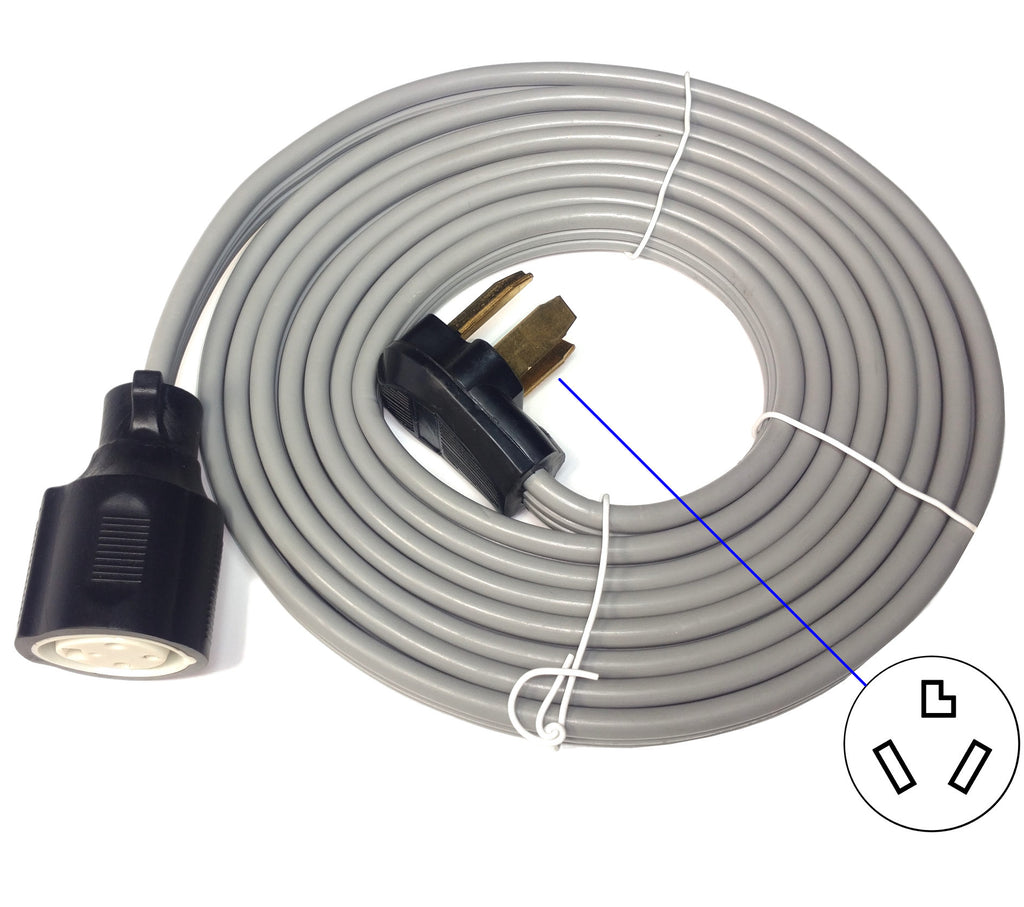This makes no sense.
No competent electrician should have been willing to install a brand new 10-30 receptacle. It has no ground and has been against code for a LONG time (existing receptacles are allowed to stay and I suspect you can replace a defective receptacle which is why they still sell them).
Regardless, I don't understand what kind of wire the electrician would have run that DID NOT include a ground wire. Presumably they would have run 10 AWG three conductor (hot, hot, neutral), but every kind of wire I could think of (that they would have likely used) ALSO has a ground wire in it. So switching to a 14-30 should be a trivial job to just swap the receptacle.
If you can do so safely, take the cover off your electrical panel and post pictures here - specifically detailed pictures on the wiring coming into the panel for that new 30a circuit. If it has four wires (like it is NM-B Romex) then it should be trivial to switch over to a 14-30.
Also, I am shocked that during the middle of the Model 3 rollout they would discontinue that adapter. Are you 100% positive they were talking about the right part #? It is still on their web site (just listed as out of stock). They have been changing the revision # on a lot of their adapters, so perhaps someone checked the stock level on the old SKU (not knowing a new one had replaced it)?
-Eric



